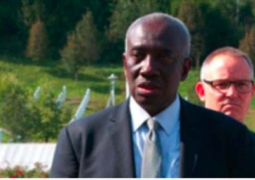The gap between the wealthy and the poor is very high, according to some observers of the socio-economic scene in the country.
The rich could be seen driving flashy cars, living in beautiful houses along the coast or within the Greater Banjul Area.
The rich also send their kids to expensive private schools in the country, and no doubt eat good nutritious food every day.
Many of them own or run businesses in and out of the country, which thrive thanks to the patronage of the mass of consumers.
However, the poor who form the majority of their compatriots live from hand to mouth each day, and most of them do not own houses, in the towns and cities.
The Gambian poor struggle to eat good food, and they send their kids to public schools.
It has been observed that the widening gap between the rich and the poor in the country is getting bigger.
This simply means that our rich folks are getting richer and richer, while the poor who form the majority are getting poorer.
This therefore reminds us of the PRSPs, MDGs and now PAGE (Programme for Accelerated Growth and Employment).
Poverty we are told is on the increase in the country, and this calls for more concerted efforts to seriously reduce it.
We need to encourage small-scale businesses, and help our poor, especially our rural farmers, to boost their income.
Are the strategies and policies really working to reduce poverty in the country, and by extension reduce the gap between the rich and the poor? Well, this is a question that needs an answer.
While those who have the wealth enjoy their life in the cities, the urban and rural poor are suffering.
We must sympathise with these people, help improve their living condition, and may be ask the rich to find a way to assist the poor, and pay back to the society.


